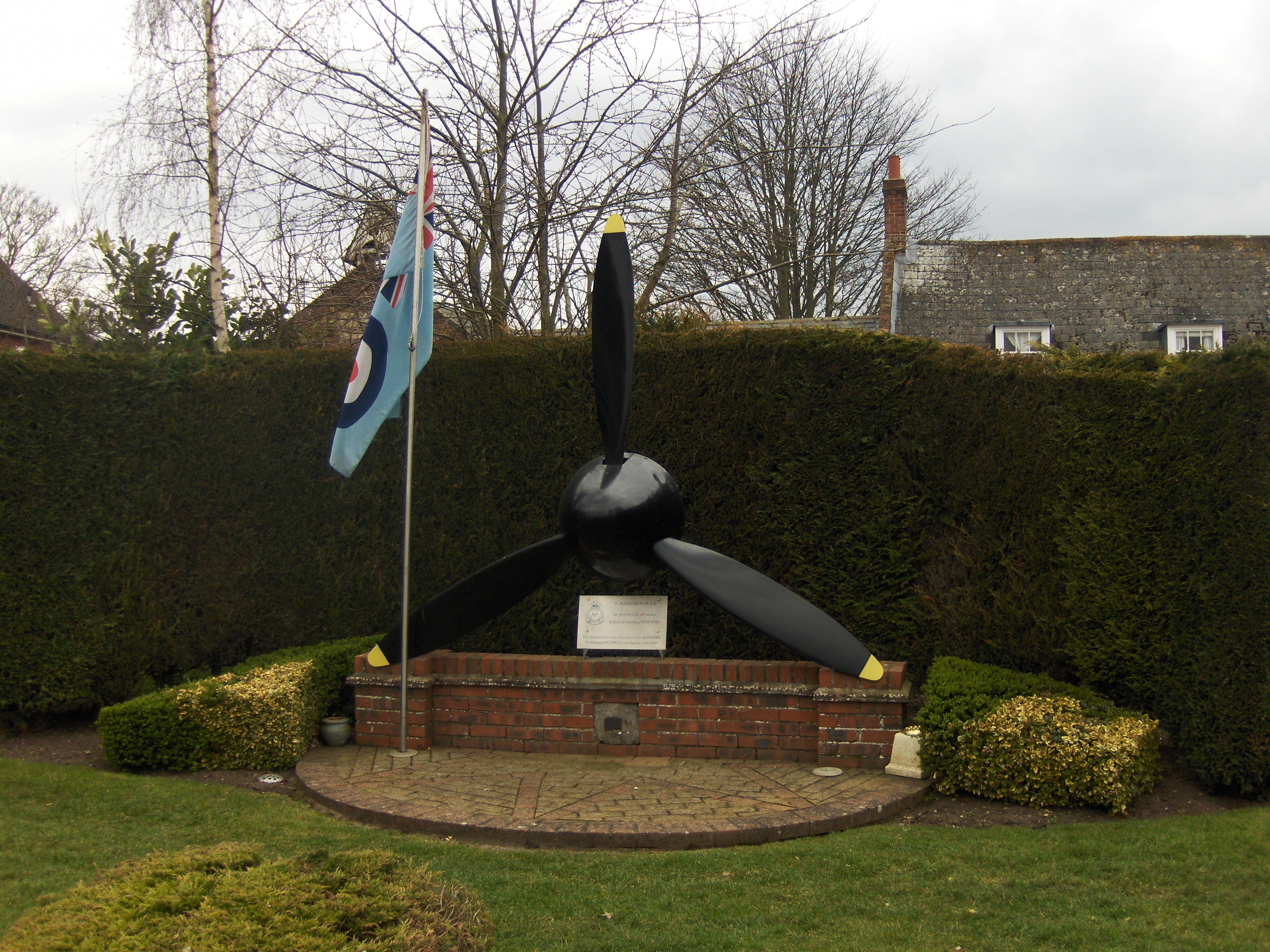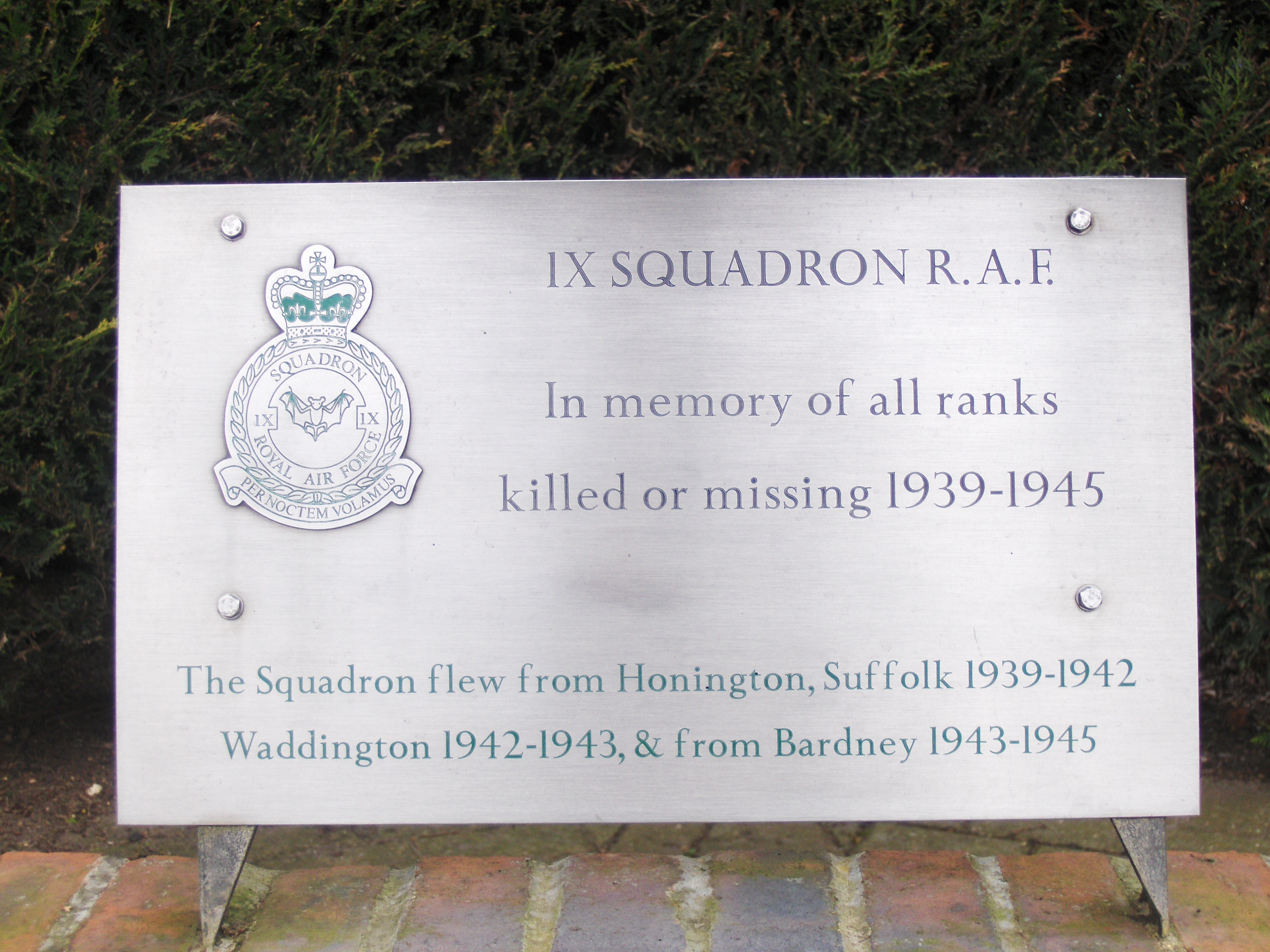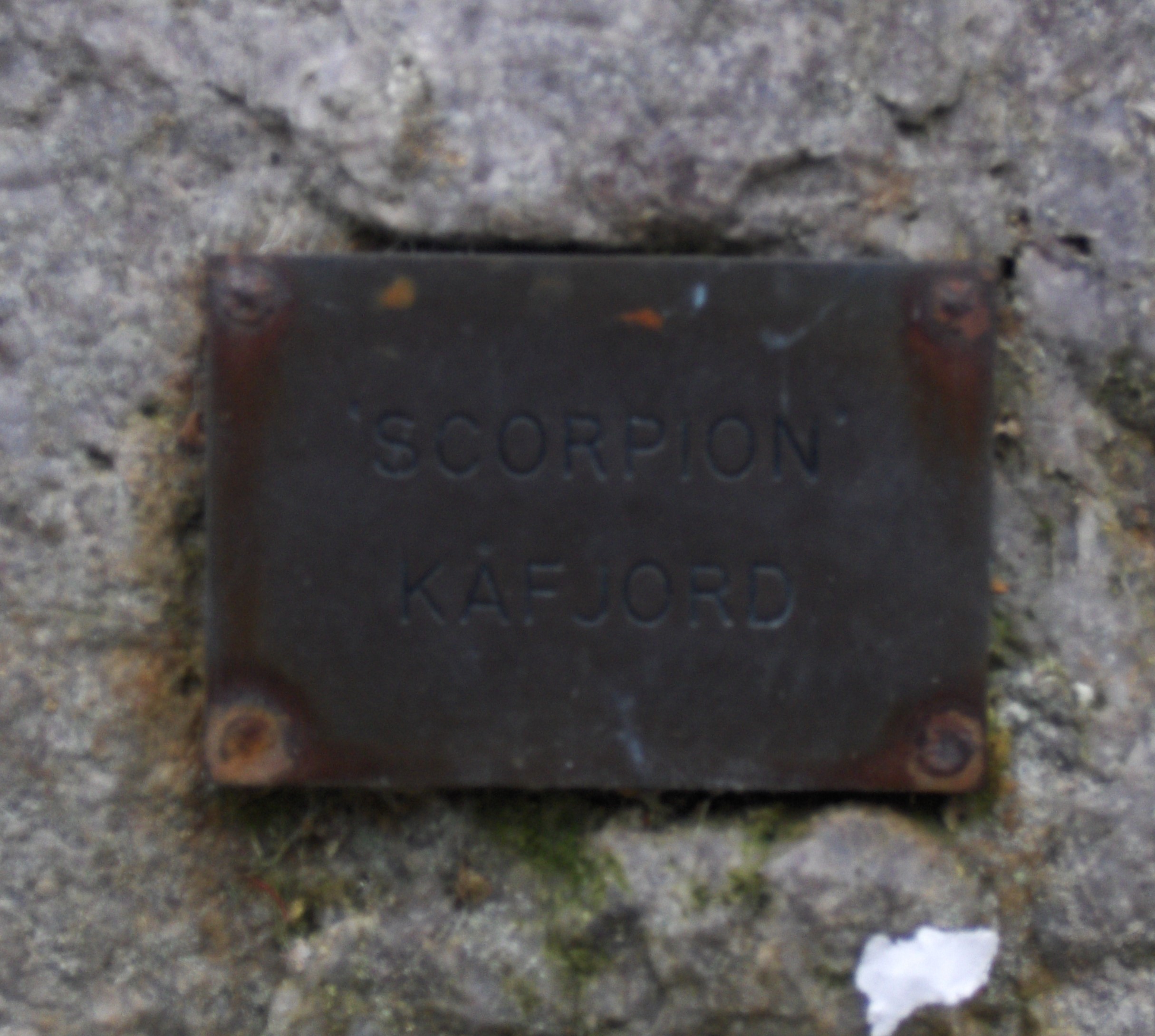Simkin, Jack Edward
Personal Information
| Rank | Sgt |
| Forename(s) | Jack Edward |
| Surname | Simkin |
| Gender | M |
| Age | 23 |
| Decorations | |
| Date of Death | 24-09-1944 |
| Next of Kin | Son of Charles Frederick and Mary Simkin, of Seaford, Sussex. |
Aircraft Information
| Aircraft | Avro Lancaster I |
| Serial Number | LL901 |
| Markings | WS-V V for Vic |
Memorial Information
| Burial/Memorial Country | Netherlands |
| Burial/Memorial Place | Holten General Cemetery |
| Grave Reference | Plot 15. Grave 14. |
| Epitaph | THOU WILT KEEP HIM IN PERFECT PEACE, WHOSE MIND IS STAYED ON THEE (Isiah 26:3) |
IBCC Memorial Information
| Phase | 1 |
| Panel Number | 97 |
Enlistment Information
| Service Number | 1448546 |
| Service | Royal Air Force Volunteer Reserve |
| Group | 5 |
| Squadron | 9 (IX) |
| Trade | Flight engineer |
| Country of Origin | United Kingdom |
Other Memorials
| Location | Village Green, Bardney, Lincolnshire |
| Country | United Kingdom |
| Memorial Type | Stone Memorial, Propeller and Plaque |
| Memorial Text | In memory of the killed or missing of IX Sqd. 1939 - 1945 |
Miscellaneous Information
| Crew member and only survivor Lesley Langley told in a Dutch newspaper (Twents Volksblad, May 13, 1967) that on their way back they were attacked by a German 'Nachtjäger'. Their Lancaster caught fire, lost height and crashed in grazing fields near Holterbroek (between Holten and Deventer, Netherlands). Langley was the only one to leave the aircraft before the crash. His parachute opened just before he hit the ground, as a result of which he twisted his ankle. In the dark he tried to escape the Germans and found refuge in a farm belonging to the Koeslag family, in the village of Laren (province Gelderland, Netherlands). He was later moved by the resistance to another farm in the village of Bathmen and billeted with a family by the name of Reterink. Langley was hidden together with a Russian who deserted the German army, an English pilot, John Miller (who was wounded by shrapnel and downed by Germans), and a Norwegian (Kåre “Bob” Herfjord) who flew for the RAF. Langley was liberated 6 April 1945 - debriefed in the city of Breda (NL) and reunited with his parents in London on 10 April 10 1945. |
Commonwealth War Graves Commission
The National Archives
| Record of Events (Operational Record Book) AIR 27/128/18 |
| Summary of Events (Operational Record Book) AIR 27/128/17 |
Fellow Servicemen
Last Operation Information
| Start Date | 23-09-1944 |
| End Date | 24-09-1944 |
| Takeoff Station | Bardney |
| Day/Night Raid | Night (35% moon) |
| Operation | Munster |
| Reason for Loss | During an operation to drop 12,000lb Tallboy bombs on Munster-Handorf airfield, the Lancaster was shot down over Holland and crashed between Holten and Deventer in a small village by the name of Holterbroek |



